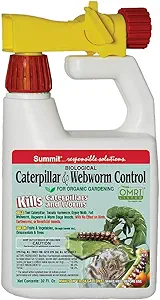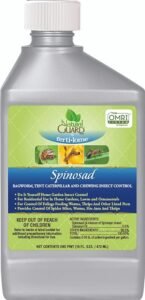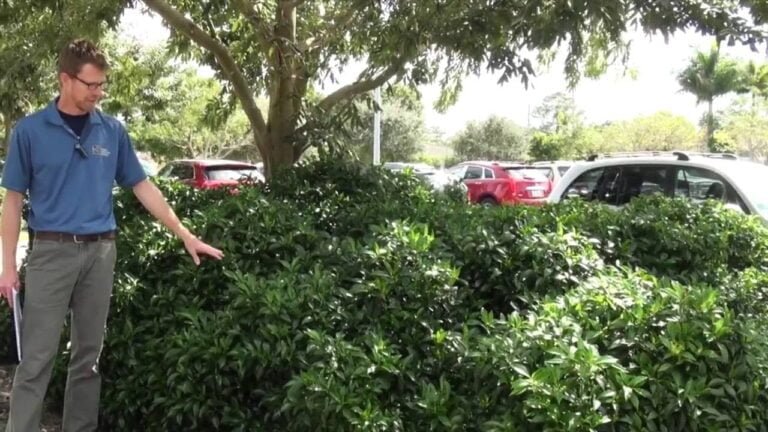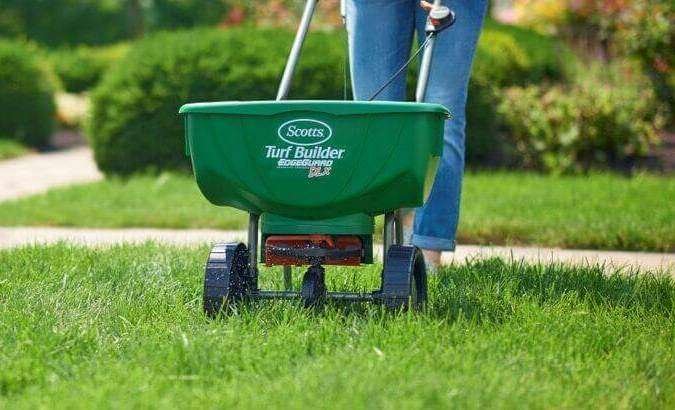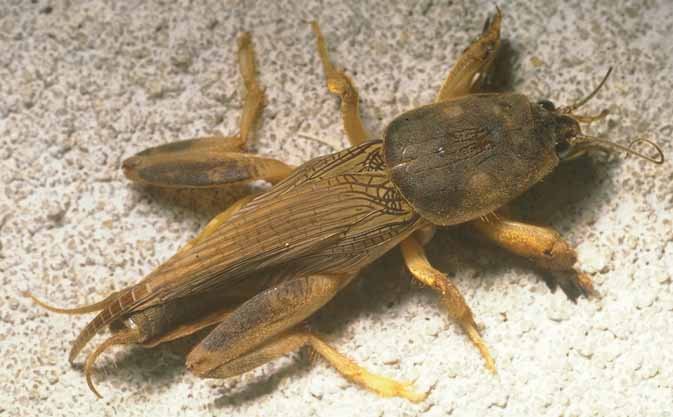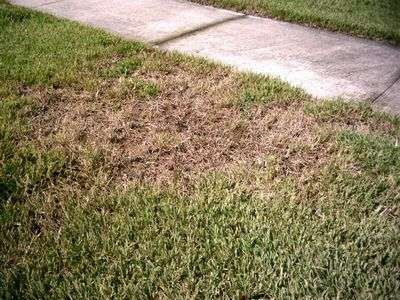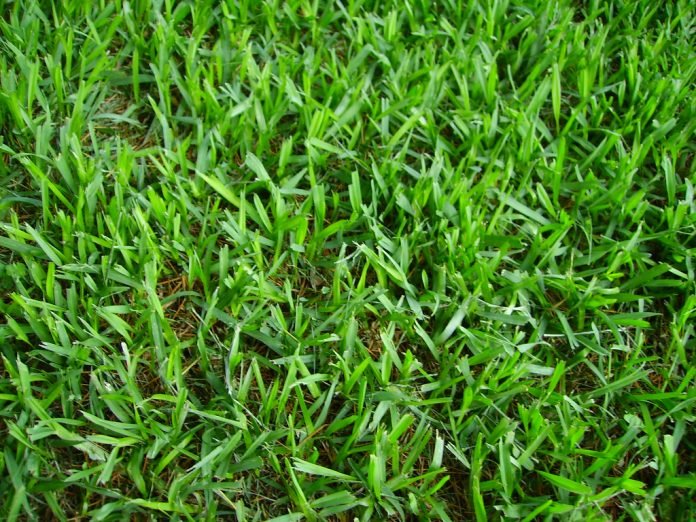How to Identify Tropical Sod Webworms in Your Florida Lawn

Tropical Sod Webworms, also known as lawn moths, are a common nuisance in residential lawns on newly established sod, athletic fields, and golf courses. These pests can ruin the appearance of your Florida lawn, leaving noticeable chew marks that can be seen from a distance. Lawn pests such as Sod Webworms can ruin the appearance of your Florida lawn.

What Are Tropical Sod Webworms?
Tropical sod webworms (Herpetogramma phaeopteralis) are voracious caterpillars that don’t discriminate between different types of grass. They have a preference for St. Augustine grass, but will also feast on Centipede grass, Bahia grass, bermudagrass, and Zoysia grass. Their activity peaks from spring to fall, and in Florida, you’ll find them year-round.
Sod webworms start out very small in the soil, and will curl up into balls when they’re disturbed. The larvae construct silken tubes that they live in. They can vary widely in color depending how much grass they ate, from tan to brown to green or gray, and will have dark spots and dark heads. They will grow up to about 3/4″ long3.
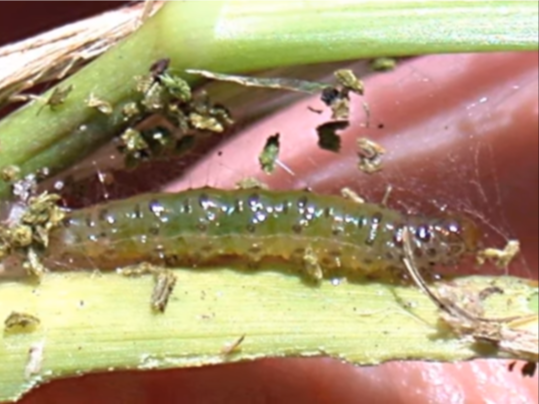
Signs of Sod Webworm Infestation
One of the first signs of sod webworms is white moths that swarm together during the day.
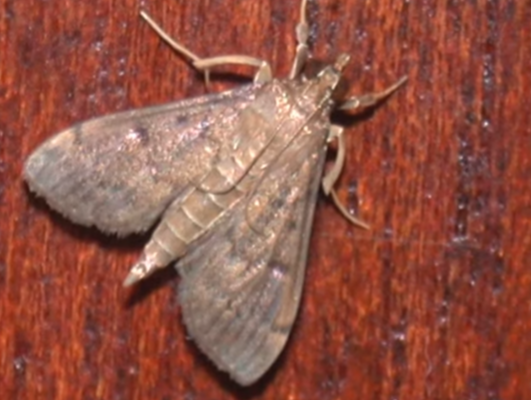
The moth is what lay the eggs in the soil that turn into sod webworms.

Once eggs hatch and worms grow they begin chewing. If you walk through the lawn area affected they will rise and fly around together.
How to Identify Tropical Sod Webworms Video
In this informative video, you’ll learn how to identify Tropical Sod Webworms and recognize the telltale signs and symptoms of their presence in your lawn. Florida Landscape entomologist Doug Caldwell, Ph.D. of the University of Florida IFAS offers valuable insights into effective treatment and prevention methods to keep your Florida lawn healthy and vibrant.
Tropical Sod Webworms Treatment & Prevention
Florida Tropical Sod Webworms can be pesky critters, munching away at your beautiful Florida lawn. But there are ways to combat these Sod Webworm invaders! Here are some options, starting with the gentler methods:
ECO-Friendly Treatment & Prevention
- Healthy habits: Maintaining a healthy lawn with proper watering, mowing, and fertilization can actually deter sod webworms. They’re less likely to target lush, vibrant grass but try not over fertilize.
- Thatch Removal: Rake as much accumulated thatch as possible, focusing on grass that has more than 3/4 an inch of buildup.
- Natural predators: Encourage natural predators like birds, spiders, and beneficial nematodes to take up residence in your yard. These critters love to snack on sod webworms, keeping their populations in check.
- Watering: Avoid overwatering, as moist soil attracts egg-laying moths. Letting your lawn dry slightly between waterings can help discourage them.
- Soap Drench: For light to moderate infestations, use a soap drench (2 Tbsp. liquid soap per gallon of water) to draw caterpillars up to the lawn surface, then rake and destroy them.
Sod Webworm Insecticides
Biological options: If you must go the insecticide route, consider eco-friendly options like Bacillus thuringiensis (B.t.) or Spinosad. These target caterpillars specifically and are less harmful to other beneficial insects.
Bacillus thuringiensis (B.t.)
Summit Caterpillar & Webworm Control-Hose End For Insects.
Buy from Amazon
Spinosad Concentrate
ferti-lome Spinosad Lawn & Garden Insect Spray
Buy from Amazon
Lawn Insect Killer
 Ortho BugClear Lawn Insect Killer.
Ortho BugClear Lawn Insect Killer.
Buy from Amazon
Smart Lawn Care
- Mow High: Taller grass blades (around 3 inches) shade the soil, keeping it cooler and less inviting for egg-laying moths.
- Fertilize Wisely: Overfeeding your lawn can attract unwanted pests. Follow recommended fertilization schedules
You don’t have to rush into treatment at the first sign of a moth or two. Sod webworms can tolerate some damage, and healthy lawns can often recover on their own. Only consider treatment if you see significant damage or large numbers of webworms.
Conclusion
Tropical sod webworms are just one of the many lawn pests that can wreak havoc on your Florida lawn. While they have a preference for St. Augustine grass, these voracious caterpillars don’t discriminate and will also feast on Centipede grass, Bahia grass, bermudagrass, and Zoysia grass. Their activity peaks from spring to fall, and in Florida, you’ll find them year-round. Don’t let your beautiful lawn fall victim to these invaders – arm yourself with the knowledge to identify, treat, and prevent sod webworm infestations!
For more information about Sod Webworms and other Florida Lawn Pests click on the link. https://floridalandscapingtoday.com/lawn-pests/


